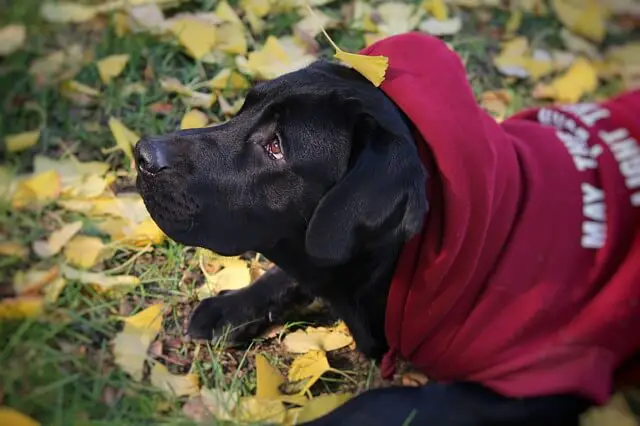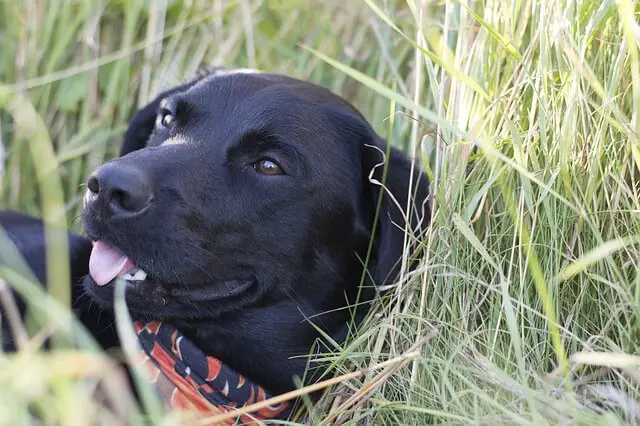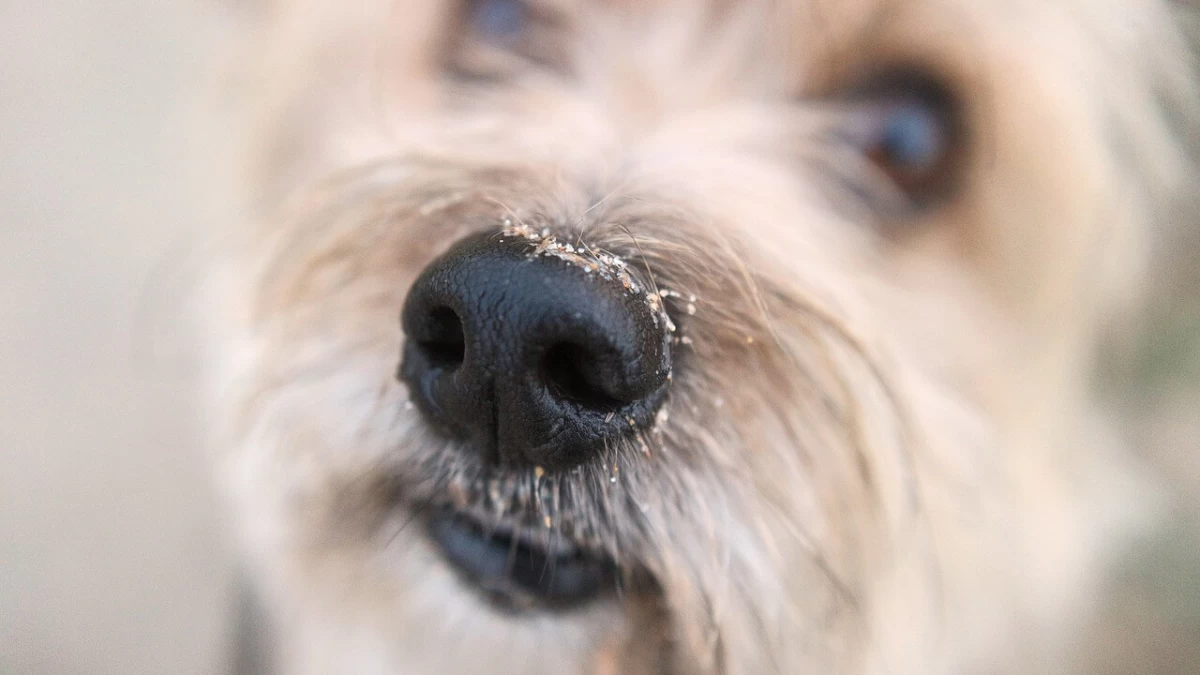Collapsed Trachea in Dogs - Symptoms, Treatment, & Prognosis
05.11.2021.
Humans and dogs have some similarities. For example, both species have a trachea, whose job is to transport the air through the nose and mouth to the lungs. Another thing we share is - tracheal collapse. In humans, this condition is called tracheomalacia, and it has similar symptoms as the tracheal collapse in dogs. If you’re worried about your dog’s health and noticed they have some airway problems, it would be best to contact your vet and examine your dog. Here’s what you should know about the collapsed trachea in dogs.
What is the trachea in dogs?
The trachea is most commonly known as the windpipe. It is a tube made of rings of cartilage that transports the air to the dog’s lungs. However, the cartilage doesn’t go all the way. It only covers 83% of the windpipe, and a thin membrane covers the rest.
What is collapsed trachea in dogs?
When the cartilage rings lose their rigidity and strength or the membrane becomes too saggy, they will affect the dog’s ability to get air into their lungs. That condition is called tracheal collapse or, more commonly, a collapsed trachea. This condition will cause breathing issues to your dog, resulting in a nasty dry cough. Tracheal collapse is classified into four grades;
- Grade I - The cartilage retains the normal shape, but the tracheal lumen is reduced by 25%.
- Grade II - The tracheal lumen is at 50% capacity, and the cartilage is slightly flattened.
- Grade III - The tracheal lumen is 75% reduced, which causes the cartilage to become nearly entirely flat.
- Grade IV - The cartilage is completely flat.

How dangerous is tracheal collapse?
A collapsed trachea is treatable. However, if owners notice symptoms of this disease in dogs and fail to take the necessary steps, this condition can progress. When that happens, the dog’s life comes into danger. It is absolutely crucial that you get your dog checked out if you notice they’re experiencing breathing issues. It is not worth gambling with your dog’s life by not going to the vet in time.
How can I know my dog has a collapsing trachea?
Knowing exactly what’s bothering your dog can be tricky. There are different diseases and health conditions that can affect your dog’s airways. The same symptoms can occur from bacterial or viral infections, congestive heart failure, pneumonia, and many other things. Again, we have to advise you to take your dog to the vet as soon as you notice they’re having breathing issues. The key to noticing a collapsing trachea in dogs is by knowing which symptoms to look for.
Symptoms of a collapsed trachea in dogs
If you notice your dog is coughing or having difficulties breathing, you might be right to feel worried. A collapsed trachea shouldn’t be taken lightly. You need to keep a close eye on your dog’s symptoms. You can even write them down and tell all the information to your vet. These are the most common symptoms of a collapsed trachea in dogs;
- Breathing problems
- Coughing when pressure applied to the neck
- Coughing when picking the dog up
- Retching, gagging, or vomiting because of dry cough
- Wheezing
- Turning blue or noticing blueish mucus membranes (Cyanotic episodes)

VET TIP: Dogs with congestive heart failure and collapsed trachea exhibit a similar type of cough. Your vet must make sure your dog is not having heart issues.
What causes a collapsed trachea in dogs?
This condition usually affects older dogs. That means that with time, the cartilage deteriorates and loses its rigidity. Some dogs are born with a weaker trachea, which means the disease is congenital. Other potential causes include Cushing’s disease, heart disease, chronic respiratory diseases, obesity, and second-hand smoking.
How can vets diagnose it?
One of the crucial things when dealing with a collapsed trachea is a good diagnosis. Luckily, vets can diagnose it pretty accurately. Your vet will apply light pressure on the dog’s neck and check their breathing. If they notice any, they should be suspicious of this disease. They can take X-rays and check your dog with an endoscope or bronchoscope to confirm their suspicions and confirm the diagnosis.
How is collapsed trachea in dogs treated?
There are two treatment options when it comes to dealing with a collapsed trachea. Based on the Grade and severity of the disease, your vet will determine the best option. The first approach is with medications. The vet can prescribe antibiotics, cough suppressants, sedatives, steroids, or bronchodilators.

The second approach is surgical. Dogs with severely collapsed trachea might not have the first option. There are modern implants that are showing fantastic results. However, the surgery is delicate and can only be performed by a board-certified veterinary surgeon.
What breeds are prone to tracheal collapse?
Theoretically, all dogs with a trachea can get tracheal collapse. However, some breeds are more prone to it than others. More precisely, small dog breeds suffer tracheal collapse more often than larger ones. This condition is mainly diagnosed in;
- Pomeranians
- Shih Tzus
- Poodles (Miniature and Toy)
- Pugs
- Chihuahuas
In conclusion
A collapsed trachea is not something that should be taken lightly. If you notice your dog has breathing issues, coughing, or gagging because of cough, take them to the vet. The sooner the problem is diagnosed, the sooner you can start the treatment. It can be treated with medications or surgically. A tracheal collapse that was treated with drugs will probably continue to affect the dog.
World Dog Finder team







Share